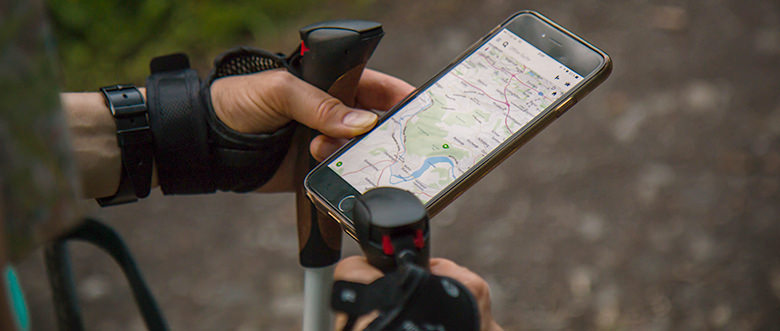As more people continue to turn to health apps on their smartphones to help achieve goals related to exercise and weight loss, it’s important to use such tools with an element of personal caution, say physical therapists and other medical professionals.
According to a report by the firm Research 2 Guidance, more than 325,000 health apps were available to consumers in 2017. These include popular apps like Strava, Lose It!, Couch to 5K, FitStar Personal Trainer, etc. – apps available to help people achieve goals related to weight loss, healthy eating, and improved fitness.
And in some cases, apps have been shown to provide the motivation and “intervention” necessary to get people moving in the right direction. This was the conclusion of one 2015 “Mobile Exercise Apps” study published in the Journal of Medical Internet Research.
“Exercise app users are more likely to exercise during their leisure time, compared to those who do not use exercise apps, essentially fulfilling the role that many of these apps were designed to accomplish,” researchers stated.
So where’s the need for caution?
According to Mary Jung, an assistant professor in UBC Okanagan School of Health and Exercise Sciences (Canada) who has studied the usefulness of health apps, most apps on the marketing are missing an important element: a “personal touch.”
In other words, even the best fitness apps don’t know you – your medical history, your current strengths and weaknesses, and the best and safest ways to push your body toward your personal fitness goals.
“Technology, such as apps, have the potential to assist in improving physical activity levels, but they must be based on sound health behavior chance evidence for this to work,” she said.
Jung added that personal touches to complement app use, such as individualized goalsetting and contact with real fitness and movement specialists (i.e., physical therapists), often lead users on the greatest and safest paths toward success.
With such a need for balance, consider the following Dos and Don’ts for safely and effectively using health apps to achieve personal fitness goals:
DO use apps to track your goals. Whether it’s tracking distance, calories consumed/burned, workout times, etc., this is one of the most effective uses of health apps. And tracking progress only helps in the achievement of goals.
DON’T use apps to set your goals. Running a 5K, for instance, may seem like a great goal. But based on current fitness levels, injury history, movement limitations, etc., perhaps it’d be better and safer to start more slowly (perhaps first running a mile) or trying a different exercise (i.e., cycling, hiking or swimming).
DO use apps for motivation. Being we’re attached to our smartphones throughout the day, apps serve as great motivational tools when trying to stick to a workout regimen. Apps can even connecting the user with others for added encouragement.
DON’T let apps push you too far. Listen to your body over your app. If something’s not feeling right, it’s OK to skip today’s Couch to 5K workout. Through pain or discomfort, your body may be telling you to rest, or perhaps get checked out by a physical therapist or physician.
DO use apps to help you explore new activities. Apps can certainly make you feel empowered, serving as motivation to try new things – new yoga poses, new core exercises, new activities like running or cycling, etc. But…
DON’T forget to seek professional medical advice before starting something new. As with any new physical activity, it’s important to get assessed by a medical professional, such as a physical therapist, to ensure your body’s equipped to handle the rigors of said activity. Be safe and injury-free when pursuing your goals.
